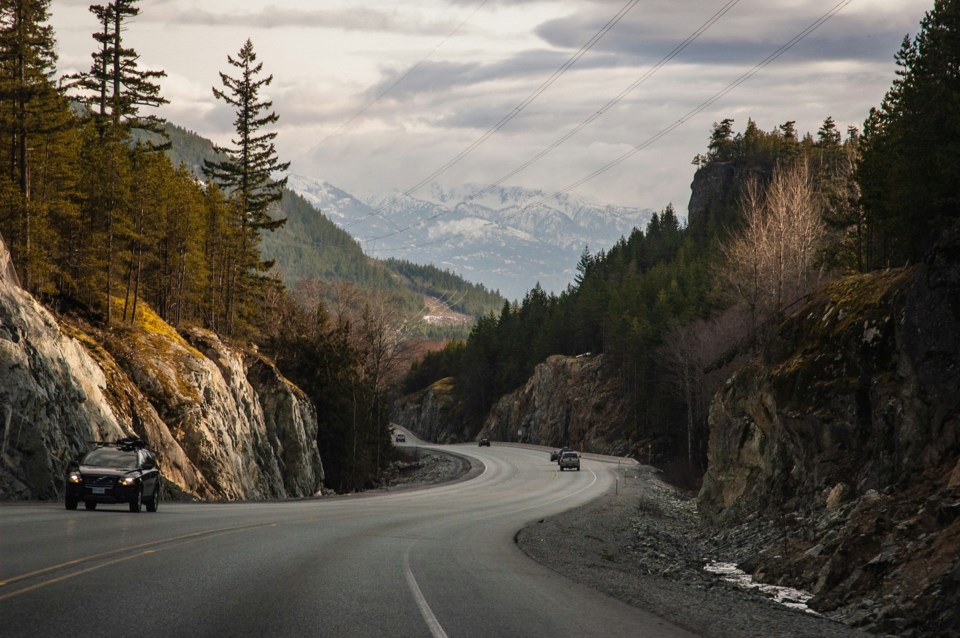More space for cyclists on our roads is welcome, but it is a mere link in the (bicycle) chain of safety, especially in the Sea to Sky Corridor.
, when passing, drivers must give vulnerable users—such as those on bikes—at least 1.5 metres of space on highways where the speed limit is 51 kilometres per hour, or over and 1m of space for highways with speed limits less than 50 km/h.
The new law requires drivers to leave 0.5 m when passing where there are separated and protected cycling lanes or sidewalks.
Failing to take proper precautions with vulnerable road users can earn a driver a $109 ticket and three driver penalty points.
Failing to provide the minimum passing distance can cost a driver $368 and three driver penalty points.
The is part of several updates to the Motor Vehicle Act that the government says aims to enhance safety and promote active transportation.
Fair enough.
The need for some action to reduce injuries and deaths of cyclists in B.C. is clear.
, each year in this province, there are approximately 2,600 cyclist-related incidents, which lead to more than 1,500 injuries and an average of seven deaths.
But these changes coming in June are a patch on a bad inner tube. Had the NDP government really wanted to put the pedal to the metal on cyclists' safety, it would have taken a more radical approach.
As a, "the greater the share of bicycles in moving about, the calmer overall road traffic becomes."
In other words, when there are a lot of cyclists, the road culture shifts, and there are fewer crashes.
So, ultimately, we need a much greater share of residents riding bikes.
How do we get that critical mass?
We need extensive biking infrastructure.
The study , "Physical separation from motor vehicles is especially important on high-speed, high-volume arterials with large vehicles such as trucks."
Think of the Sea to Sky Highway.
As the U.S. infrastructure article published in the American Journal of Public Health notes, governments have access to plenty of information about what will actually work.
"Netherlands, Germany, and Denmark offer decades of experience on how to improve the safety, convenience, and comfort of cycling facilities," the study reads.
These June changes in B.C. at least aren't putting more of a target on cyclists' backs—it is true—but let's not pretend they will significantly move the dial on biking safety in many places, such as in our region.
After all, do these changes make you feel any more likely come June to confidently take to the roads on two wheels with the kids as a method of regular travel?
Not likely.

.png;w=120;h=80;mode=crop)


